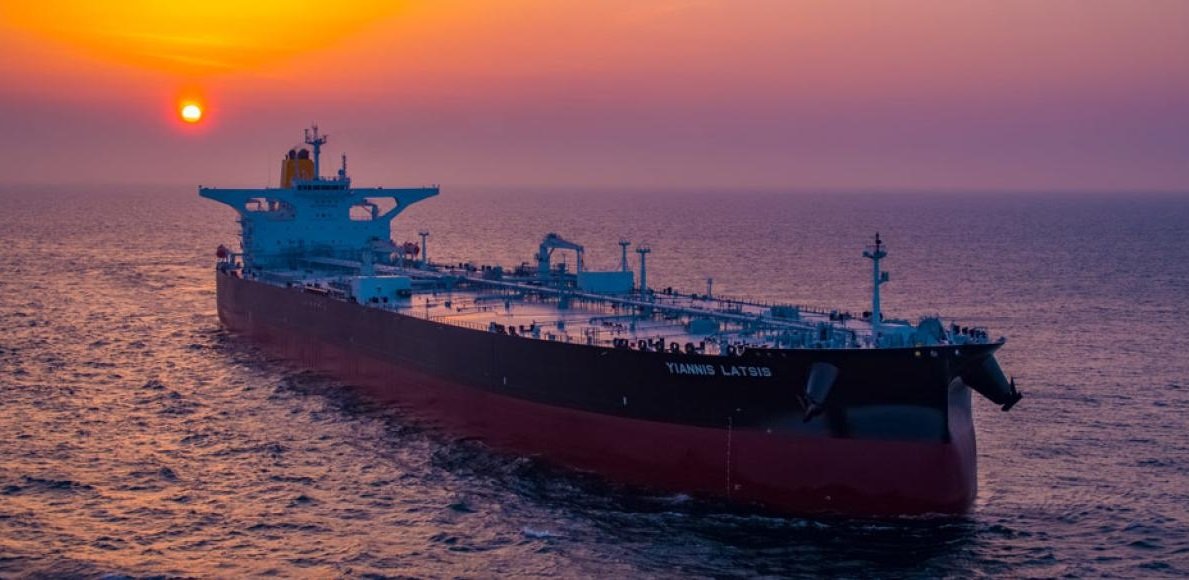Japanese operator Tokyo Kisen Co Ltd has taken delivery of the first of two new crew transfer vessels (CTVs) that will service Japan’s growing offshore wind sector
The two NK-classed 26-m catamaran CTVs, which were designed by Incat Crowther, were developed with Tokyo Kisen to comply with strict local regulations.
The design of the vessels has been future-proofed, with each vessel to begin its operational life carrying 12 technicians, yet with the flexibility to increase to 24 as Japan’s regulatory framework evolves.
The main deck of each vessel has a large mess area, two bathrooms and an internal storage and change area. Technicians are carried in safety and comfort thanks to a resiliently mounted superstructure.
The vessels’ upper deck features an elevated, spacious wheelhouse, as well as a private mess and pantry. The lower decks contain two twin cabins, a workshop space and a utility room.
The vessels’ operational capabilities are also enhanced by the inclusion of Incat Crowther’s resilient-bow technology which reduces impact forces when the vessels are at wind turbine boat landings.
A large forward deck provides a dedicated space for transporting cargo to offshore windfarms with the vessels capable of carrying a deadweight of 35 tonnes.
The vessels are capable of speeds of up to 28 knots and are powered by two Yanmar marine diesel engines with twin controllable pitch propellers provided by Servogear.
Incat Crowther managing director Europe Ed Dudson said, “The design of these CTVs has been a collaboration with Tokyo Kisen to ensure the vessels meet the unique needs in servicing the Japanese wind energy sector.
“Our resilient-bow technology reduces impact loads and helps enable a high transfer wave height, and we look forward to seeing the vessels operating in Japan in the coming months,” said Mr Dudson.
The new vessels are 26 m overall with a waterline length of 25 m and beam overall of 9 m. They are constructed from marine grade aluminium and have a service speed of 25 knots and maximum speed of 28 knots. They are powered by two Yanmar 12AYM-WET engines providing 2 x 1,220 kW at 1,900 rpm.
Constructed by Cheoy Lee shipyard, the first vessel successfully completed sea trials in late 2024.






